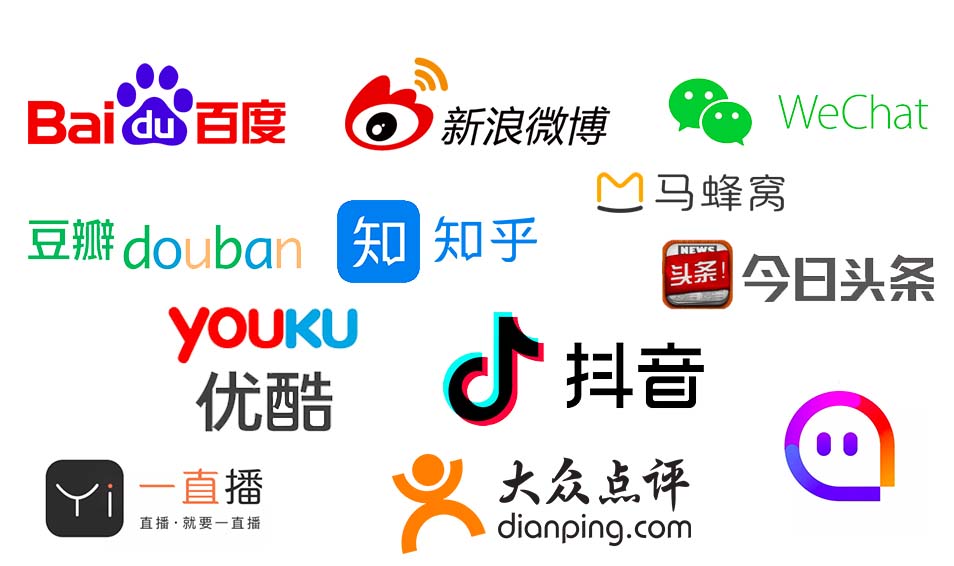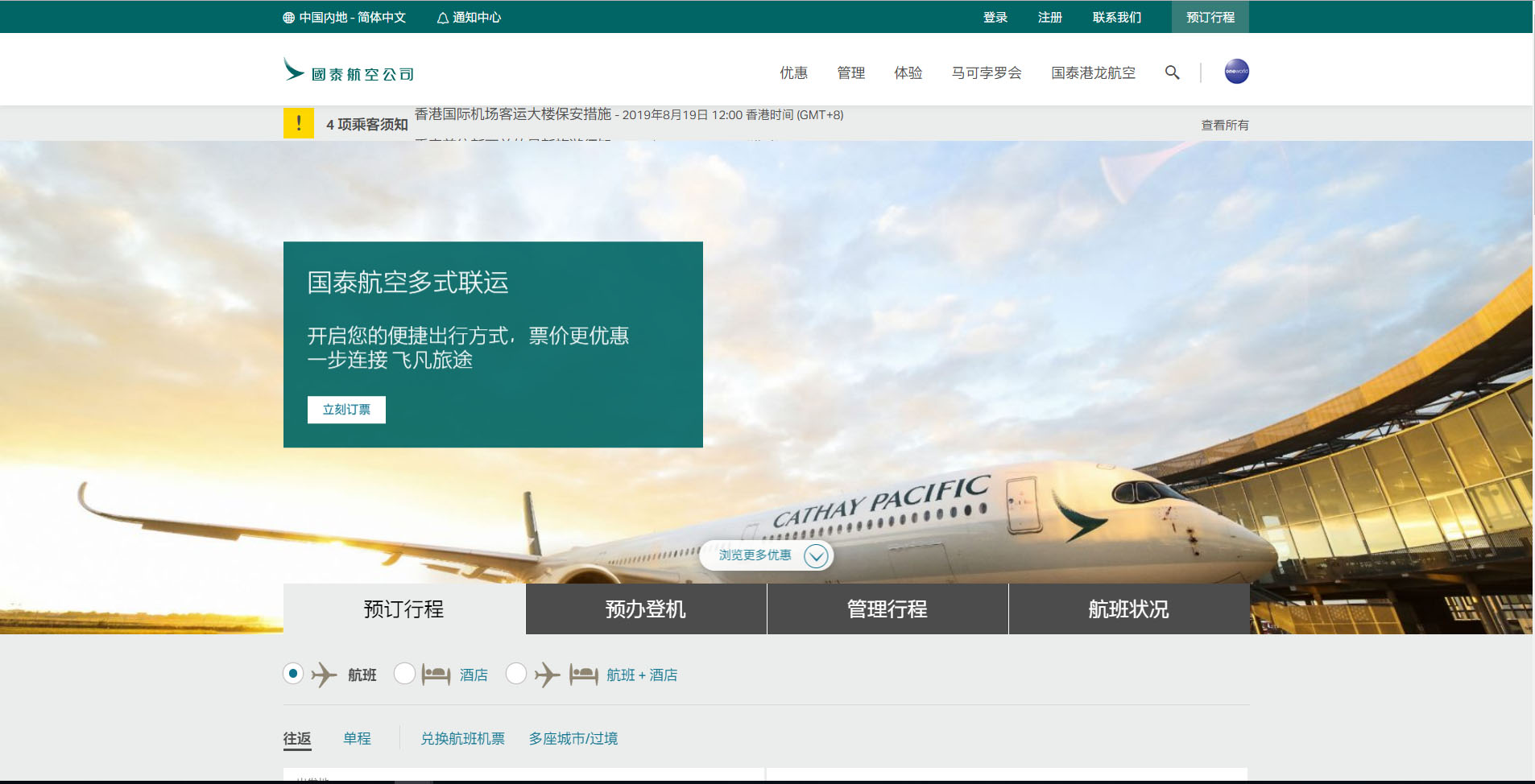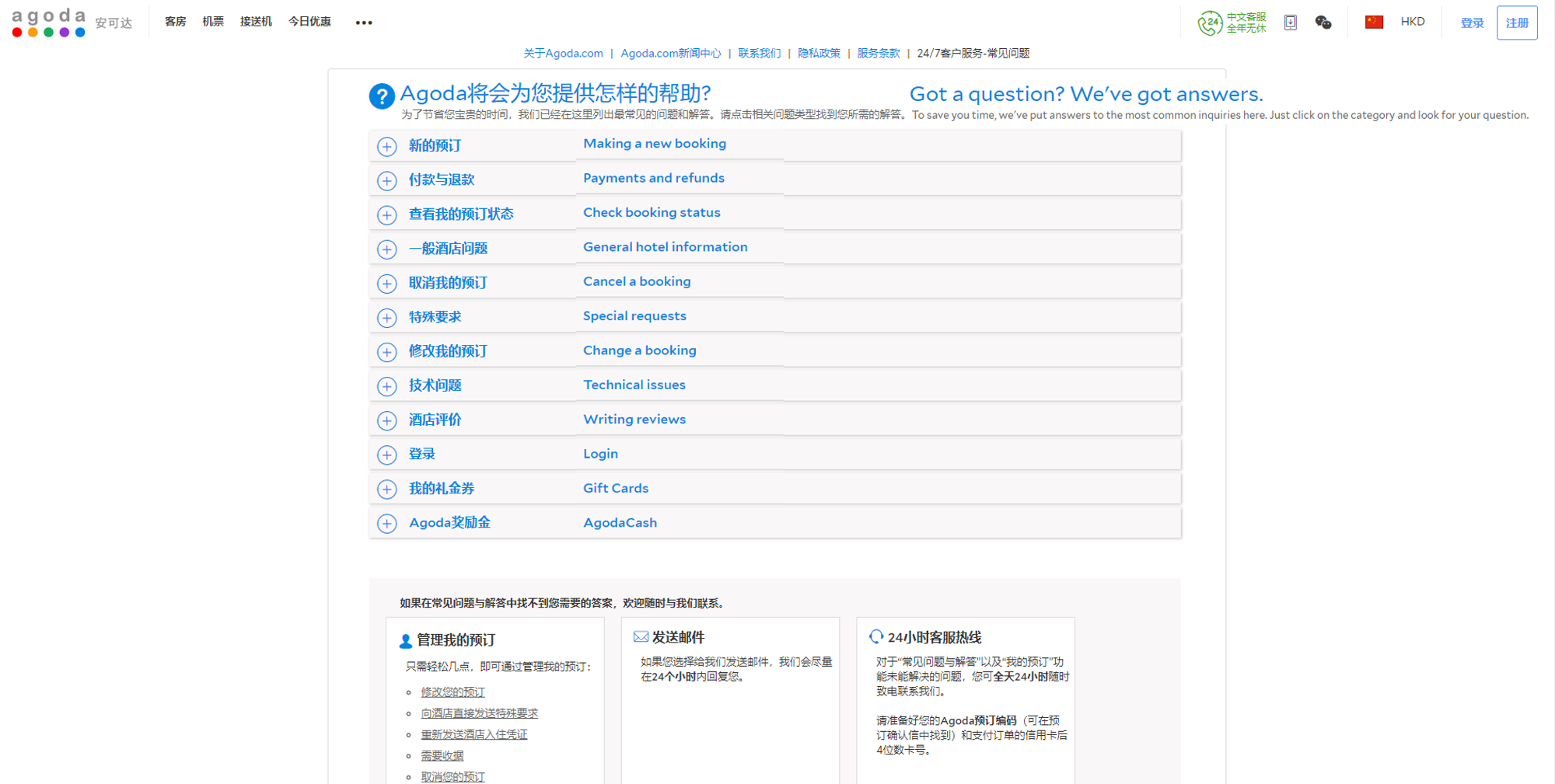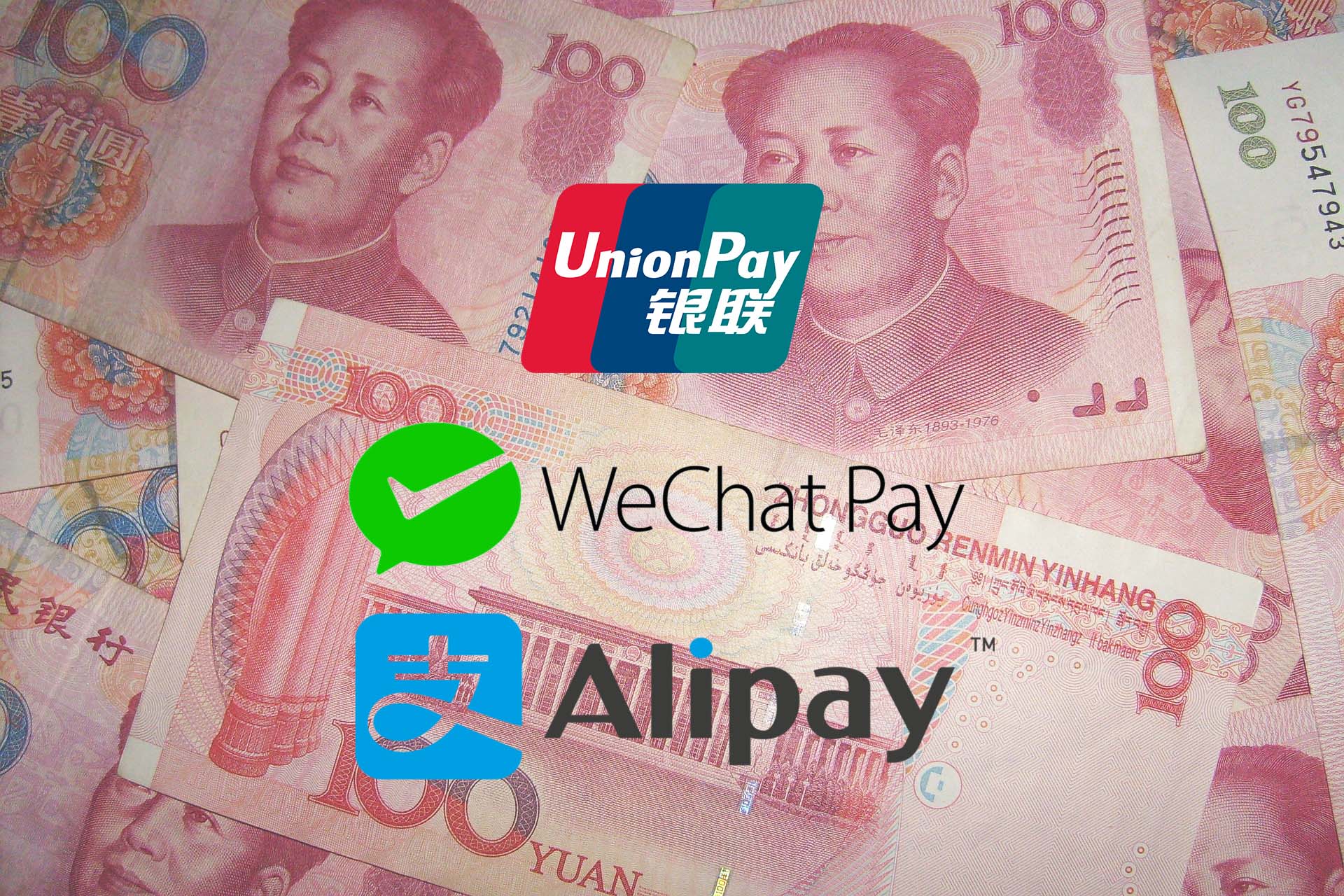Attracting Chinese tourists is the big business of the global tourism industry. With a population topping the billion mark, increasing disposable spend and a vibrant economy, it’s no surprise the Chinese lead the target market for everyone in the tourism space globally and especially in Asia. According to a report, Chinese tourists parted with a staggering $277.3bn in 2018 alone, a towering climb from the $10bn they doled out approximately two decades prior in 2000. For Asian businesses, this is good news, because most of this spend is funneleddown back to the purses of other Asian countries. A 2017 report by the South China Morning Post revealed that the Asia pacific welcomed more Chinese tourists than visitors from other countries, the former making up a whopping 36% of all arrivals.Thus, Chinese tourists call the shots and are huge prospects to businesses wherever they land. So, how do you finesse your marketing strategies to take a sizeable cut of the Chinese market, making your business top of the list for outbound Chinese tourists and doubling down on your bottom line? With more than a handful of competitors looking the same direction, getting things right first time can be a tricky dance. Thankfully, we’ve come up with a guide to simplify your strategy. What follows is a deep dive into just about all you need to know and where to look when optimizing your marketing spend to funnel in more Chinese tourists.
1. Your Demographic Target
Successfully putting your business out there requires some research and a well-fleshed out strategy. Having a demographic target is one of those, and even more so given the dynamic change in thepurchasing behavior and preferences of tourists over the years. You want to get the best ROI in everymarketing spend, but ignoring the subtleties of your demographic target can be all that’s needed to cripple your marketing effort.
Every step of your marketing strategy and every word that goes into your content creation process should be tailored to your prospects. You essentially want to connect with your audience and provide the right feedback that would make them consider doing business with you on their next vacationing trip.
So, before anything else, you want to be clear on what your business stands and who your ideal Chinese tourists are. As obvious as this step appears, not every business does it efficiently. Advertising to everyone makes it difficult to find the needle in the haystack, definitely not the savviest way to increasing your market share.

2. Multi-Channel Marketing Strategy
Facebook, Instagram and Twitter are unarguably the foremost channels for many businesses, but if you operate in Asia with Chinese tourists at the heart of your marketing strategy, these platforms aren’t the best of the lot, as they aren’t available to the Chinese population. so, you want to look elsewhere.WeChat may come across as chat platform, but it has steadily evolved over the years, with millions of Chinese turning to the App for most of their online decisions. Known as Weixin in China and hitting over 1 billion monthly users in 2018, WeChatis a safe place to invest when marketing your business to Chinese Tourists. Other go-to platforms in the social media department are Weibo, Mafengwo, Qzone, Youku and SinaWeibo.
In addition, Google isn’t a dominant force in China, so if your marketing plans revolve around Google, chances are you won’t be hitting a home run anytime soon. Local search engine outfit Baidu leads the pack in China, commanding a staggering 77.2%market share, with Google trailing at a distant second at 9.66% and Sogoum in third at8.69% according to a 2017 report by China Internet Watch.China’s TripAdvisor and Online Tour operators are equally trusted places to go creating and sharing valuable content that resonates with the budding Chinese tourists.

Still, a presence on these platforms doesn’t necessarily translate to results. Equally important is ensuring you craft share worthy contents. Here’s where optimizing your contents for the user demographics come into play. While looking to broaden your multi-channel marketing strategies, don’t forget to look local.
3. Localize Content
While having a website in Mandarin is a good first step,understanding that Chinese tourists usually don’t have the same preferences as other nationals can be incredibly handy. How do you make your content fit the needs of the Chinese then? Here’s where localization comes in. From the design of your website to content tone and structure, you want to strike a chord with potential tourists at every touch point of their vacation planning experience. This could mean hiring a professional designer with acute knowledge of design patterns and aesthetics that appeal to the typical Chinese tourist. Such expertise won’t come cheap, but making this investment upfront could be the biggest jumpstart your brand needs to attracting more tourists. As most foreign websites are firewalled away from Chinese residents, having your website domain take a .cn (china) address is what you want. This will ensure your business complies with Government regulations. However, if you’re unsure what is required and how to get started doing this, hiring an agency should help. Hosting your website in Honk Kong or Mainland China will also optimize ease of access and aid visibility in the results page of Chinese search giants – Baidu.

4. Enhance Speed, Accessibility and User Experience
Regardless of the type of business you offer, site speed can make or mar a visitor’s experience. You can be sure they’ll look elsewhere if the grass looks greener on the other side. Thus, constantly fixing broken links and ensuring buttons are where they are supposed to be are crucially important. Call to actions should be strategically positioned and the entire layout of your site should be both aesthetically appealing and magnetically designed to attract visitors and tourists alike. For a more intuitive user experience, creating an easily accessible FAQs page will help shorten enquiries and make your brand appear more professional.

5. Integrate a Hassle-Free Payment System
Alipay, China UnionPay and WeChat Wallet are leading payment service providers in China. installing a payment feature that integrates with these channels is the forward direction your business should move. Besides, localizing means of payment increases trust and can make your business stand out from the crowd. Setting this up may not be a walk in the park, but the pay-off isn’t any less promising. Sure, you don’t necessarily need to install all payment systems, but you need one to appeal to more high-spending tourists.

6. Leverage Agency Expertise
Saving more cash is a great allure, but this could slow down traction and impede growth in the long run. Chinese tourists are more cautious in their vacationing decisions, and many pen their checklists months in advance. Making the first impression as early as possible is your goal. While 51% of Chinese tourists surf websites and blogs, and 21% do their trip research via the social media according to a Fung Global’s report, a good chunk still take the agency route when making important journey decisions, so leveraging the expertise of one can be all that’s needed to get tourists headed your direction for business.
7. Be Mobile Responsive
The rise of improved interfaces, faster access and near-perfect responsive designs has coincided with a shift in buyer behaviors. The trend is no different for Chinese tourists, 59% of whom made their online travel bookings via mobile in 2017. Mobile internet usage is near perfect too, with 97.5% of users preferring mobile over web. What this means for your business, then, is that potential visitors would hit the exit button if your site isn’t compatible with their mobile devices. So while access to your business should be fluid and intuitive on the web, things shouldn’t look any less different on mobile too.

To wrap up
In an increasingly competitive clime as the tourism industry, standing out can be both tricky and challenging. However, the numbers of outboundChinese trips continue to rise year on year, and thanks to more numbers in the Middle class, the future only looks brighter for their choice countries of vacation. With nearby Asian countries leading the pack for most Chinese outbound tourists, and trends not looking to dip anytime soon,Asian businesses can only brace up for more gains. Localizing your business is crucially important to increase visibility and accessibility. Just as key is a robust online presence on leading Chinese social media platforms as WeChat and Weibo. As for search, optimizing your brand for Baidu is the best way to go. And while many of these steps may not call for outsourcing, the expertise of an agency can be a goldmine. Done effectively, your business stands to gain the trust of Chinese tourists, enjoy a sizeable chunk of the tourism pie and increase the prospects for future business – your perfect recipe for long term growth and business success.



